The Ultimate Guide to PPE Ads on Facebook
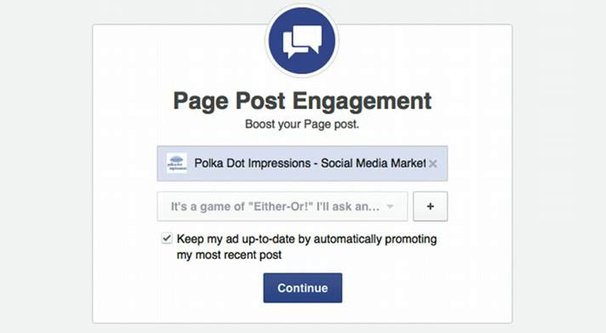
When you run ads on Facebook, you can run them with a variety of different objectives. You might want views, with a traditional PPM style of advertising. You might want clicks, and funnel traffic to your website. You might value conversions more, and run pay-per-conversion ads using the Facebook tracking pixel to monitor what you count as a conversion. Another alternative is the PPE ad.
What Are PPE Ads?
If you’re immersed in paid marketing lingo, you see PPE and you think “pay per… something” What is the E? Well, it’s Engagement, but the PP is wrong there as well. Facebook PPE ads are actually Page Post Engagement ads.
Basically, with a Facebook PPE ad, you’re paying for engagement on your posts. Engagement can take the form of video views, reactions, comments, shares, link clicks, page clicks, and assorted other clicks if you’re using a non-standard post format.
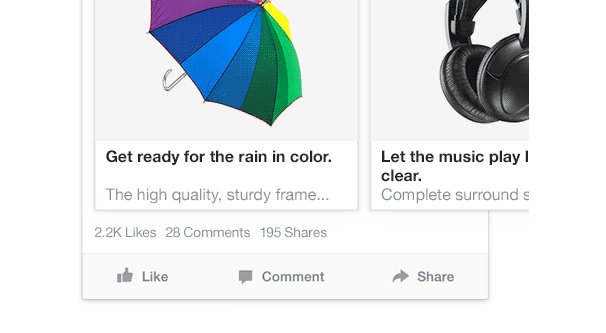
It’s worth noting that PPE ads are not simple boosted posts. The boost post button turns a post into an ad, but it does so with the basic reach-based objective. PPE ads don’t pay for reach, they pay for engagement. All those people who see your post but ignore it and don’t interact with it don’t count against you.
Why Use PPE Ads?
Why should you use PPE ads? After all, isn’t post engagement on Facebook basically worthless? Why would you want to pay Facebook for a few likes, especially when you can pay some guy on Fiverr to get you 10,000 likes instead?
Well, first of all, you don’t want to buy piles of engagement from third parties, especially low quality third parties like that. More often than not, they’re just mobilizing a roster of hacked accounts or bot accounts to engage with your posts. None of these accounts care; they aren’t real people, so that engagement doesn’t turn into anything.
With PPE ads, you’re explicitly targeting your audience and people like them, which means you’re putting your content in front of people who already have a reason to be engaged with it. The engagement you get from it is real; it’s people who already like you, or who like what you do, putting their reaction on your post.
PPE ads also help boost your social proof. The more people who are engaged with your post, especially in comments, the more it encourages others to participate as well. This is why viral posts get so big so quickly; a huge number of people talking about it means even more are exposed to it and can continue talking about it. Paying for engagement ads can help you kick-start a viral surge of traffic.
You can also use PPE ads to test different kinds of posts. Imagine that you make five posts, each in a different style. One is a short video, one is an image, one is a question, one is a motivational post, and one is a call to action.
For all five of those posts, use a PPE ad and turn it into an advertisement. Use the same targeting for all five ads, so you’re reaching the same audience. Use the same budget for all of them, with the same ad timing and scheduling; basically, set them up to compete with one another.
At the end of your budget, or at the end of the week, whichever comes first, you can compare all five of your posts. You can see which of them performs best and which of them performs worst. Did one of them have a lot of negative engagement, like post reports or hides? Did one of them get a lot of one particular type of reaction, or was it reasonably spread out? Did one get a lot more comments than the others?
All of this information helps you determine which post formats resonate most with your audience. You can use this information to guide your future posting strategy.
In addition to post format, you can test other elements of your post this way. You can test different emotional resonances. Maybe one post has a happy mood and one is sad news, and one inspires outrage. You can test different link destinations, different kinds of questions, and really anything else. PPE is a great way to take split testing to another level, where you don’t have to worry about the algorithm and can instead ensure a baseline level of reach to compare engagement levels.
How Much Do PPE Ads Cost?
If you’re looking to run PPE ads, you’re probably asking yourself: how much do they cost? Well, to start with, remember that costs in raw terms are determined entirely by your budget. If you want to spend $10 per day on ads, your ads will cost you $10 per day. Well, plus or minus some percentage, but it evens out; Facebook uses some level of flexibility to be able to capitalize on upswings in activity, while drawing back later to even it out.
You also have to remember that there are a lot of different factors that will adjust the cost of your ads. For example:
- The country where you’re targeting your ads has a huge impact. Countries like Australia, the United States, Switzerland, Japan, and Norway have higher costs, while countries like Ireland, Taiwan, and Portugal have lower costs, and areas like India have much lower costs.
- The narrowness and accuracy of your targeting has a big impact as well. An overly broad audience will cost more because you have to show your ad to more people before one engages. An overly narrow ad will cost more because frequency saturation means you’ll end up with no one left to see it who hasn’t engaged.
- The quality of your post matters. A post that is bland, text-only, and focused on sales is unlikely to do well and will cost you more for less engagement, while an emotionally resonant post will work better.
- Your bid has an impact as well. A higher bid naturally means you’re willing to pay more, and likely will pay more, to get your exposure. A lower bid means you’ll end up paying less, but also may get lower returns.
- Your ad quality score matters too. Quality score is impacted by a few different things, but the important one is Facebook’s prediction of how well your ad will perform, based on similar ads and past performance.
Normally, something like your ad position would matter as well, but you don’t have that choice with PPE ads. PPE ads, being promoted posts, are just posts in the news feed as the format. You can’t exactly cram it over into the sidebar or anything.
What Kind of Return on Investment Can You Expect?
When you run PPE ads, you have to ask yourself, what are you hoping to get out of it? I know what you’re going to get out of it, and that’s post engagement. That’s what you’re paying for. You’ll get reach, you’ll get engagement, and some small portion of that engagement will be clicks through a link, if you have a link.
What sort of return on your investment are you looking at? That depends on how well you can take advantage of the engagement you get. If your posts are resonant and get a lot of discussion, you’re likely going to be able to convert a lot of that engagement into new followers, or at least more awareness about your brand.
What you probably aren’t going to get is any serious number of conversions. Consider PPE ads to be a sort of intermediary, an ad aimed at increasing awareness better than basic PPM ads. It’s going to boost your presence on Facebook, but it’s not going to do a lot to help you get people off Facebook. For that, you’d be better off with pay per conversion ads.
How to Make The Most of PPE Ads
First of all, you need to determine if PPE ads are the ads you want to be running with your budget. If you have a limited budget, you might want to consider running something with more of a chance to earn you money in return. PPE ads are going to cost less than PPC or PPA ads, but those other kinds are more likely to result in conversions and, thus, a profit.
If you have enough of a budget to run both kinds of ads at the same time, by all means, do so. There’s no reason not to take advantage of social proof on some posts while encouraging conversions with others.
You can, of course, spend the effort to calculate your “social ROI” for your PPE ads. You don’t necessarily need to view money as the be-all and end-all metric to monitor. This guide goes a long way towards getting you started.
If you still want to dig into PPE ads, here are my tips on how to make the most of them.
Study some of Facebook’s existing case studies. Facebook maintains a database of case studies on different ad formats and campaigns that you can dig into and read all about. You can view those for Post Engagement ads here.
Now, you definitely need to take these with a grain of salt, for a few reasons. First of all, they tend to be larger brands with plenty of resources available to use. Some of them are brands operating outside of the US, so make sure you’re not comparing success with one audience completely different from your own.
And, of course, Facebook only publishes and promotes case studies that are flattering to their cause. They aren’t going to tell you about all the times a big brand used PPE ads and found little or no success with them, breaking even or having less success than with similar reach-based ads.
Decide on your post format. Different kinds of posts have different inherent attributes. This comes up in any discussion about EdgeRank, for example. Posts with videos and images are going to be more engaging than pure text posts, so you want to produce some kind of media for your ads. Videos work the best, though remember that a click to start playing the video is a piece of engagement, so you’ll be paying for it. It’s easy to run into budget caps with video ads.
Craft a compelling post. Since your PPE ads are based on organic posts, you want to create compelling posts that will most likely attract engagement from your audience. An offer you can give away, a question you can ask them, or an emotional story that resonates with them are all good options.
One important note, do not edit your ad once you set it running! Editing a PPE ad will effectively create a new ad, which means all of the engagement on it will be reset. You don’t want to lose everything you paid for. This is why you need to make sure you’re double and triple checking your post before you submit it. Make sure it’s free of typos and it has a sufficiently compelling base.
Test alternatives. I mentioned it already, but testing different posts with PPE ads is a great way to use engagement as a comparative metric. I like to use them to test different audience segments and different kinds of engagement-driven posts, to see which ones capture the most attention. Be sure to run a few different, similar tests to make sure you didn’t just happen upon one subject that caught attention rather than a post format.
Your turn. Have you had success – or a lack of success – with PPE ads? What do you think of them? Would you rather put your money elsewhere? Let me know your thoughts.





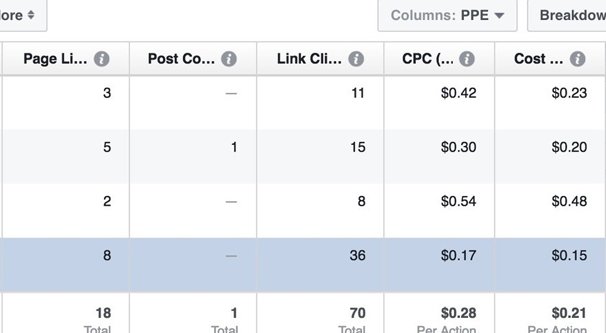
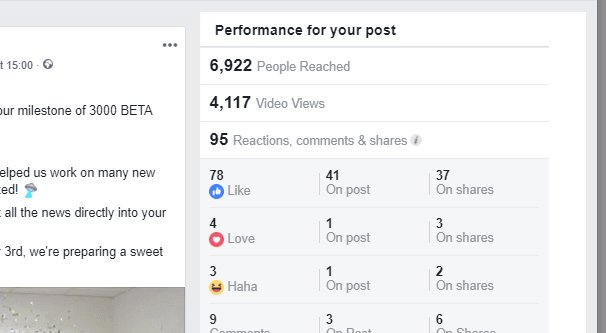
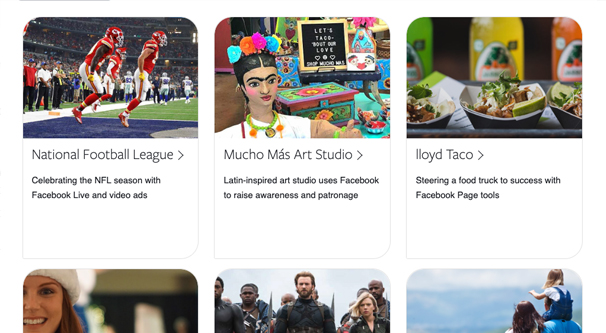
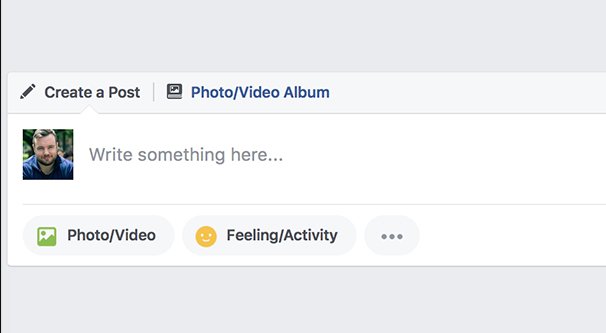
Hi,
Regarding editing an ad and losing the engagement on the ad. Does this also count if you’re using an existing post rather than creating a new creative?
Cheers!